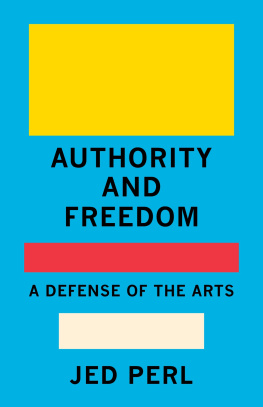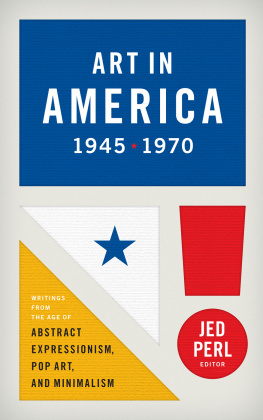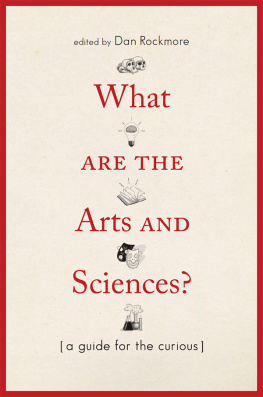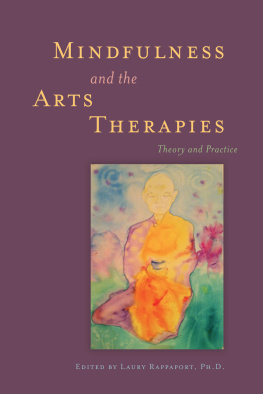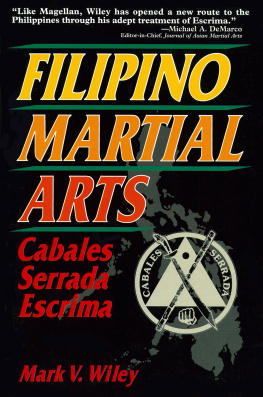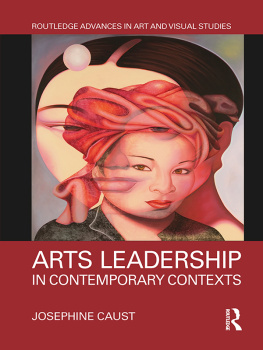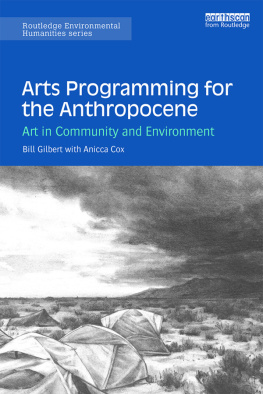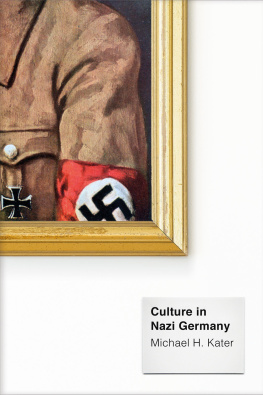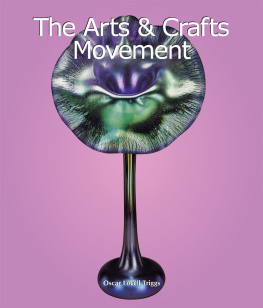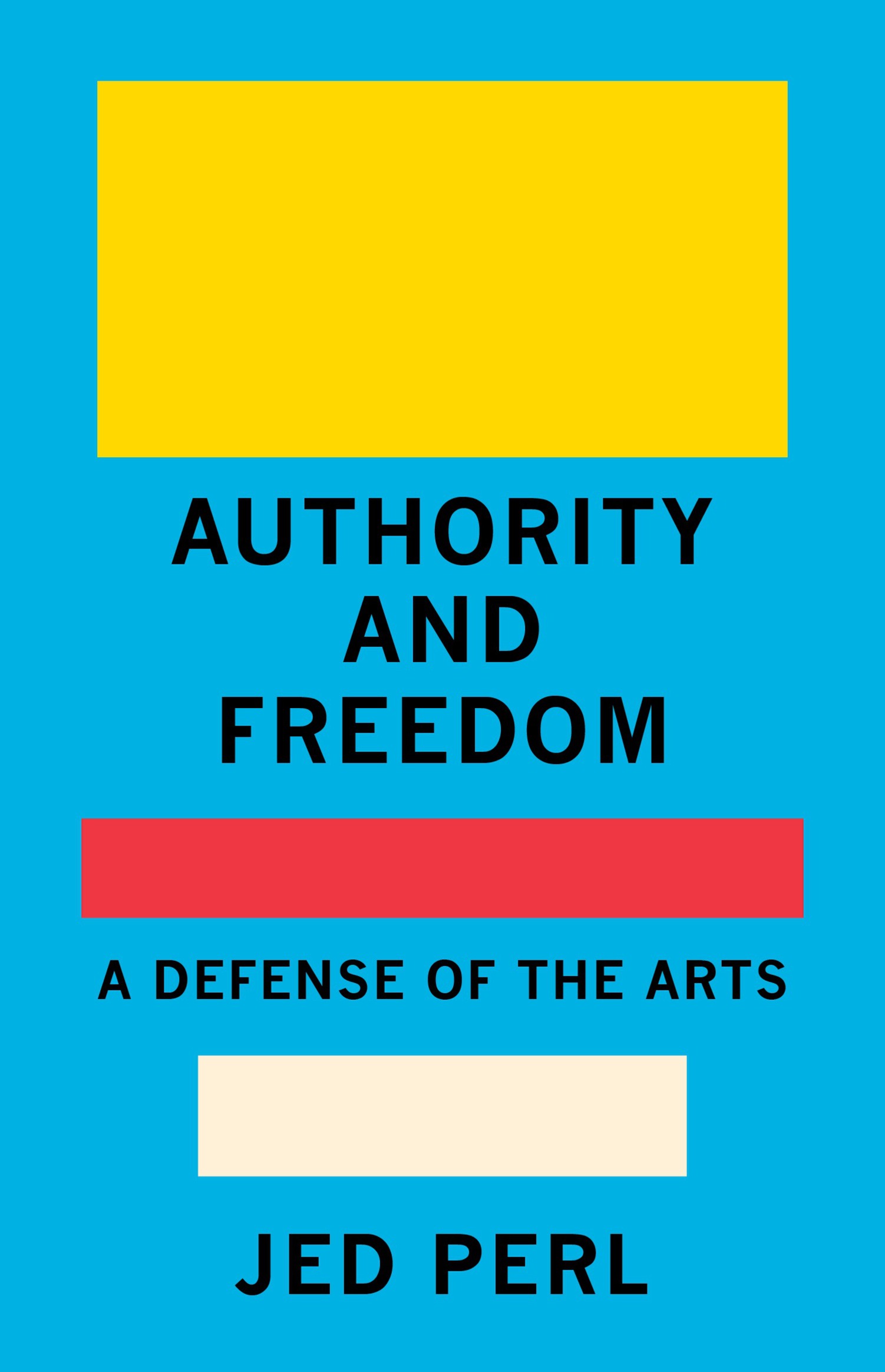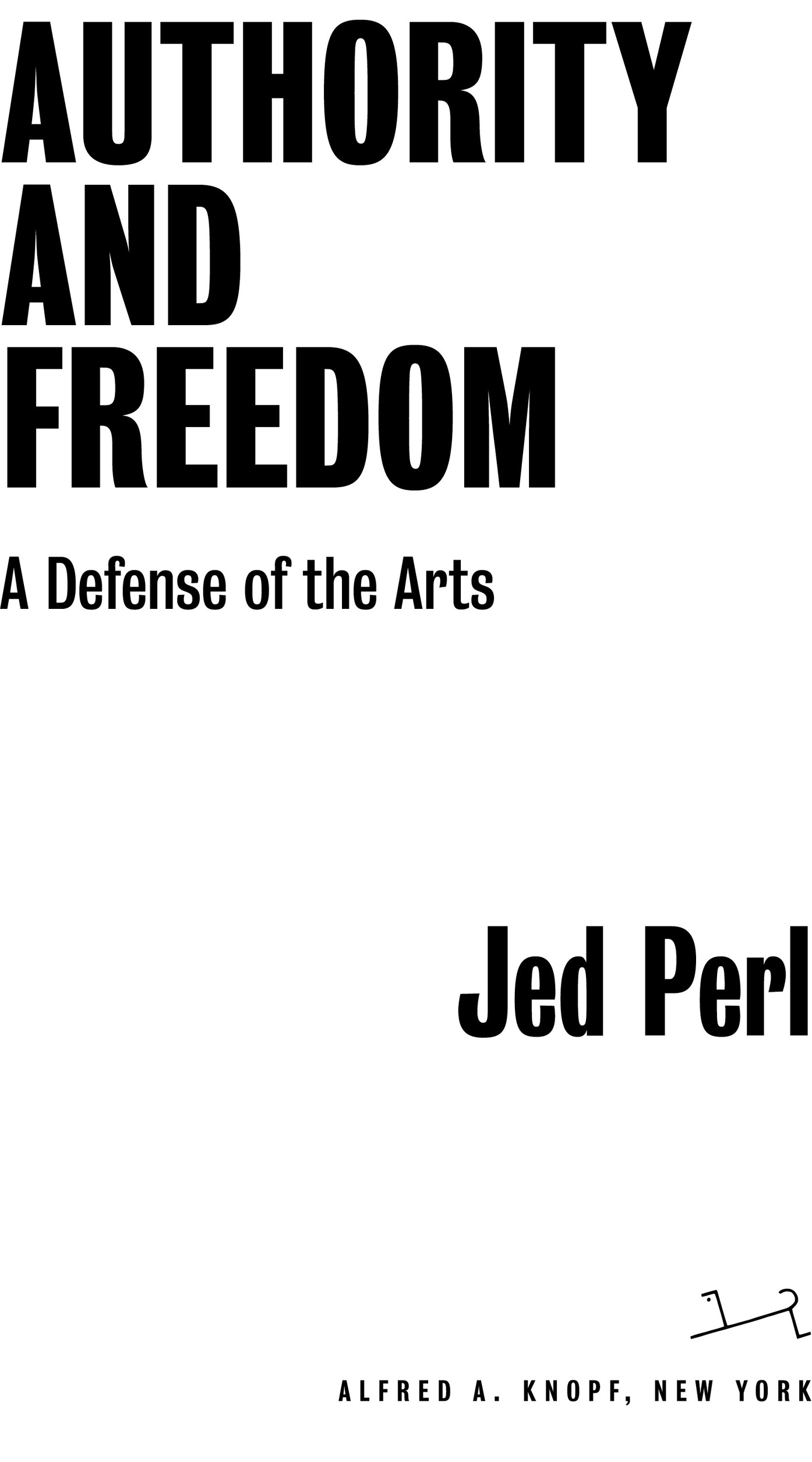ALSO BY JED PERL
Paris Without End
Gallery Going
Eyewitness
New Art City
Antoines Alphabet
Magicians and Charlatans
Calder: The Conquest of Time
Calder: The Conquest of Space
THIS IS A BORZOI BOOK
PUBLISHED BY ALFRED A. KNOPF
Copyright 2021 by Jed Perl
All rights reserved. Published in the United States by Alfred A. Knopf, a division of Penguin Random House LLC, New York, and distributed in Canada by Penguin Random House Canada Limited, Toronto.
www.aaknopf.com
Knopf, Borzoi Books, and the colophon are registered trademarks of Penguin Random House LLC.
Grateful acknowledgment is made to the following for permission to reprint previously published material:
The Estate of Edwin Denby: Excerpt from Summer from In Private, In Public by Edwin Denby. Reprinted by permission of The Estate of Edwin Denby.
Random House: Excerpt from The Maker by W. H. Auden, copyright 1961 by W. H. Auden, copyright renewed 1989 by The Estate of W. H. Auden; from Collected Poems by W. H. Auden, edited by Edward Mendelson. Reprinted by permission of Random House, an imprint and division of Penguin Random House LLC. All rights reserved.
Library of Congress Cataloging-in-Publication Data
Names: Perl, Jed, author.
Title: Authority and freedom : a defense of the arts / by Jed Perl.
Description: First edition. | New York : Alfred A. Knopf, [2021] | This is a Borzoi bookColophon.
Identifiers: LCCN 2020047858 (print) | LCCN 2020047859 (ebook) | ISBN 9780593320051 (hardcover) | ISBN 9780593320068 (ebook)
Subjects: LCSH : ArtsPhilosophy.
Classification: LCC BH 39 . P 356 2021 (print) | LCC BH 39 (ebook) | DDC 700.1dc23
LC record available at https://lccn.loc.gov/2020047858
LC ebook record available at https://lccn.loc.gov/2020047859
Ebook ISBN9780593320068
Cover design by John Gall
ep_prh_6.0_138917749_c0_r0
CONTENTS
THE VALUE OF ART
Authority and freedom are the lifeblood of the arts. Whether reading a novel, looking at a painting, or listening to music, we are feeling the push and pull of these two forces as they shape the creators work. Authority is the ordering impulse. Freedom is the love of experiment and play. They coexist. They compete. Even a child, setting out to write a story, recognizes the authority of certain conventions, if only the need for a beginning, a middle, and an end. To love to look at paintings is to love, almost before anything else, the certainty of the rectangle, the delimiting shape. But why not feel free to do something different? Why must a story have a beginning, a middle, an end? Why must a painting be on a rectangle? One way of acknowledging authority is by opposing itby writing, for instance, a story that ends inconclusively, open-endedly. The authority of art functions almost simultaneously as an inhibition and an incitement. The limitations sharpen the fantasy, clarify the feelingthey precipitate freedom.
A century ago the poet Guillaume Apollinaire wrote about this long quarrel between tradition and invention, and I see no reason to believe that the quarrel will ever end. It shouldnt. It mustnt. Without this quarrelwhat really amounts to an epic debateart doesnt exist. The rival claims of authority and freedom kick off passionate responses and principled stands, both with artists and with audiences. Which is as it should be. But these passions and principles, which are never easy to reconcile or disentangle, can all too easily leave people at loggerheads. Somebody says, Ill stick with the classics. Another person wonders, How about something really new? Conservatives argue for continuity. Radicals demand relevance. Soon a third person announces, All art is political. Everybody knows were navigating perilous waters. When it comes to the arts, who is to say whats conservative and whats radical? Is creative authority inherently conservative? Is creative freedom inherently radical? People of goodwill disagree. Is Jane Austen conservative or radical? Probably bothand neither. A disagreement about a movie or a play, while it may not cut as deep as a disagreement about politics, will cut nonetheless. A shared affection for the work of a particular artista novelist, a painter, or a pop singercan become a bonding experience. Alliances are formed and arguments are advancedin casual conversations, college classrooms, and foundation boardrooms. What do we think about the work of a writer or a painter who treats women badly? Or an opera that had its premiere in Nazi Germany? What strikes one person as impregnable can strike another as fragile. There are times when the arguments get so heated that they threaten to overwhelm the art.
When questions of authority and freedom and the arts arent framed in political terms, theyre often couched in psychological terms. This isnt surprising. The artists struggle with authority is intimate and immediateFreud saw authority as inhering in the figure of the fatherbut the struggle is not exclusively or even primarily psychological. When it comes to the arts, I think both political and psychological analogies are inadequate. I prefer to consider authority and freedom in relation to philosophical traditions that go back to ancient times. The authority of the rectangle for the painter or the conventions of beginning, middle, and end for the fiction writer are general, societal, traditional. I will return to these matters later on, but for now its important to make the point that authority and freedom, as they animate the arts, are overarching, all-encompassing traditionsprinciples that anybody, whether or not theyre actively engaged in the arts, can comprehend. Thats what makes them so persuasiveand, on occasion, so provocative. Artists, however much they are shaped by their time and place and by the ideas and ideals that animate their age, must reshape experience. Thats their mandate. The reshaping, which turns experience into art, is both artisanal (a matter of mastering the tools of the trade, whether words, colors, shapes, sounds, or movements) and metaphysical (a never-ending competition between the rival claims of authority and freedom). The metaphysical is embedded in the artisanal.
What generations of artists and critics have described (and sometimes dismissed) as formal concerns are much more than that. To write, to paint, to compose is to struggle with what is possible and impossible within the constraints of a medium. For the artist the medium is a world unto itself, but the struggle within the medium is also a way of coming to terms with the struggle between the possible and the impossible that plays out in the wider world. The pacing of a novel, the quality of a painters brushwork, the sonorities that a composer discovers in the orchestra are transformations of the nature of the novel, the painting, and the symphony that pit the authority of a tradition against the freedom of the individual artist. Creative work raises a series of questions. What do I owe to authority? How do I find freedom within authority? Can I regard freedom as a form of authority? An artist brings to these traditions many personal inclinations and dispositions, but the act of painting, writing, composing, music-making, or dancing sets everything that is personal within a larger context. The singularity of an artistic endeavorthe way the individual works out the dynamic between authority and freedomis set in a history. That history is everybodys history.

